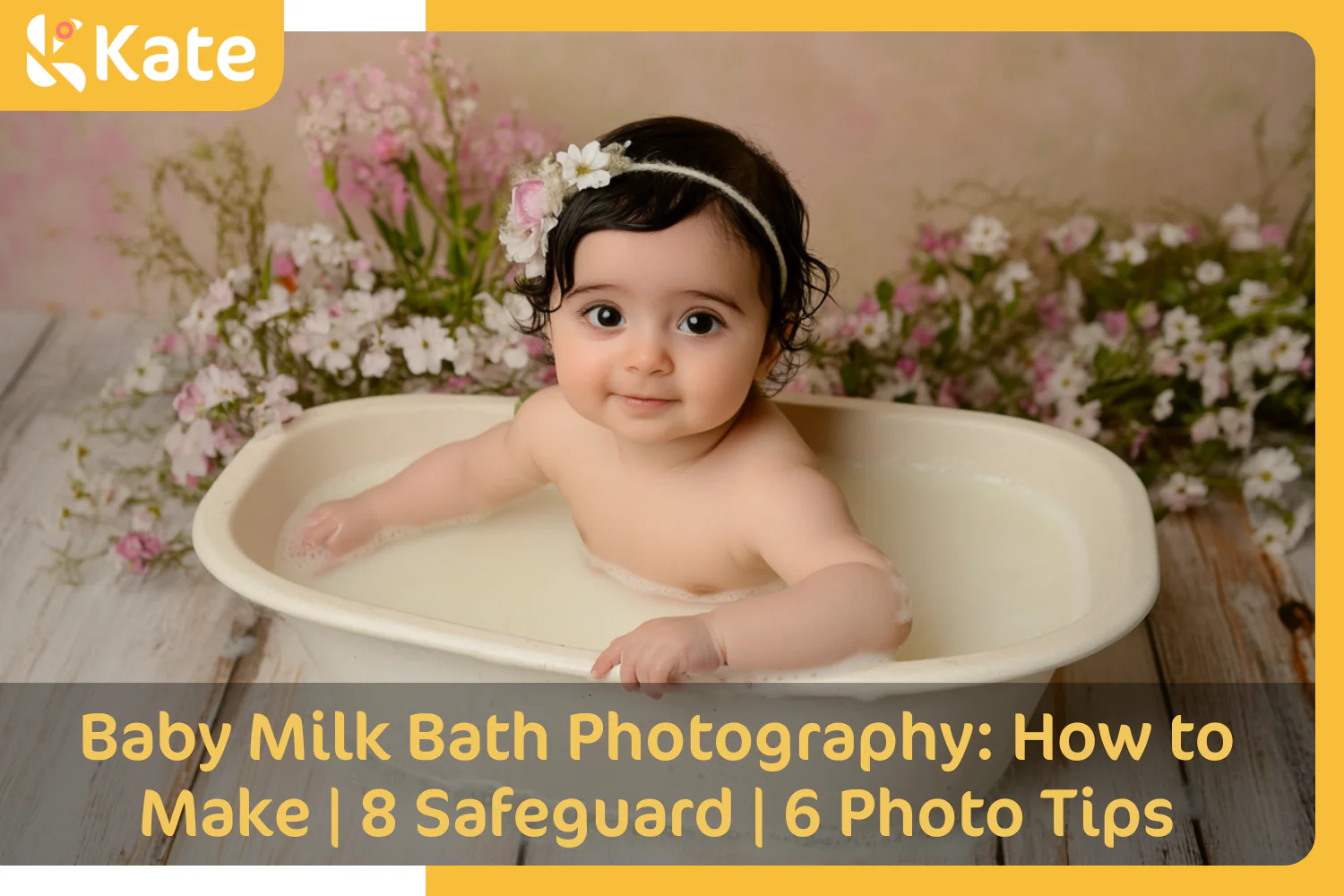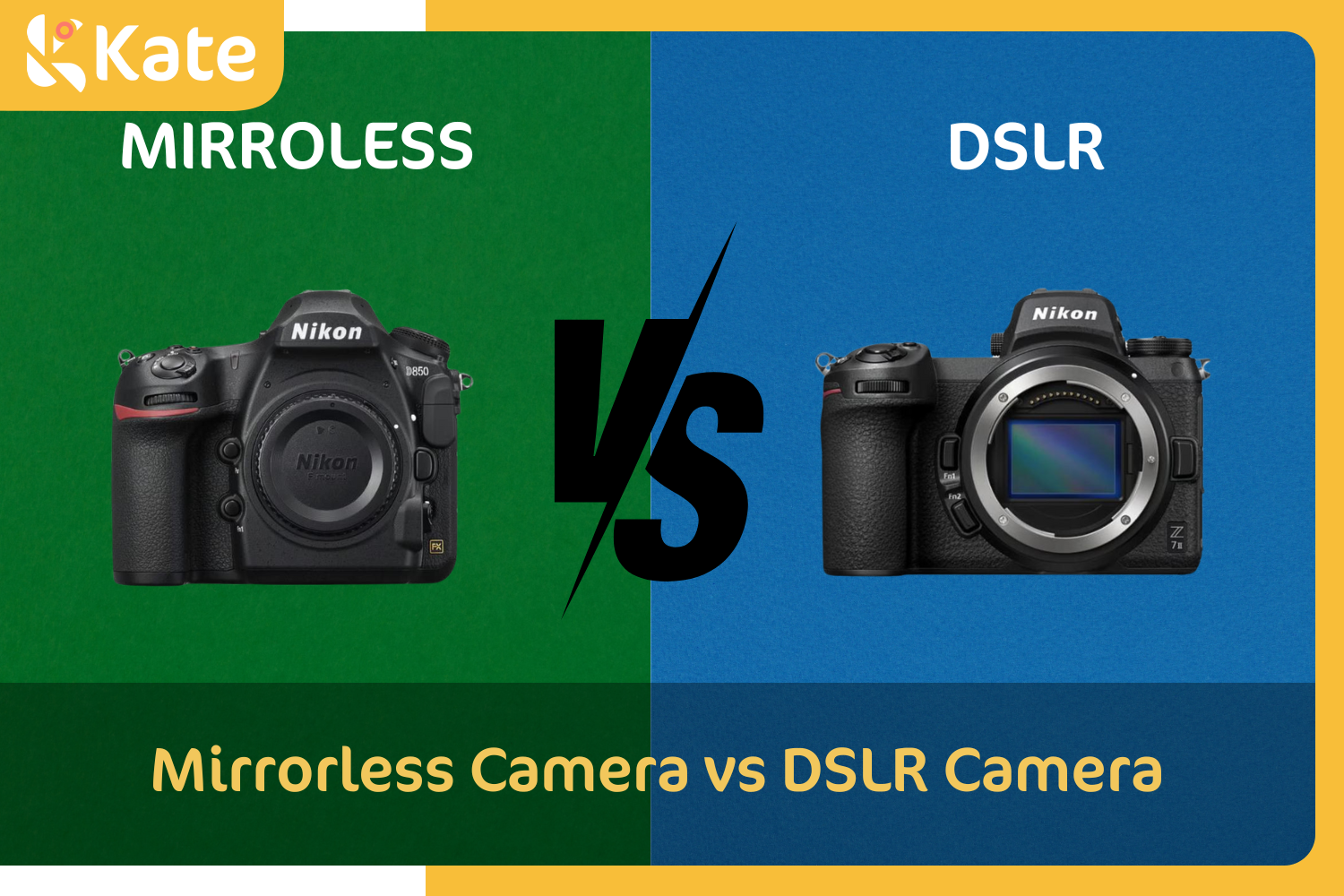How Big is a 4x6 Photo?

A 4x6 photo is 4 inches by 6 inches. The long edge is 6 inches, and the short edge is 4 inches. The dimensions of a 6x4 photo are the same as those of a 4x6 photo.
Knowing the exact dimensions of a 4x6 picture gives you a sense of whether it is large enough to properly display the subject in the image and where it will be best displayed. The 4x6 inch dimensions of the photo also allow you to plan for mounting and framing the image.
This guide to 4x6 photo size provides a comprehensive understanding of 4x6 pictures, how they are used, printing 4x6 photos, a comparison to other common photo sizes, and much more.
- What Are the Dimensions of a 4x6 Photo?
- Popular Uses of 4x6 Photos
- Pros and Cons of a 4x6 Photo Compared to Other Common Picture Sizes
What Are the Dimensions of a 4x6 Photo?
A 4x6 picture is 4x6 inches.
A 4x6 photo can either be 4 inches high by 6 inches wide if the shot is taken horizontally, or it can be 6 inches high by 4 inches wide if the photo is taken vertically. In feet, a 4x6 photo is 0.33x0.5 feet.
In terms of centimeters, a 4x6 photo is approximately 10 cm x 15 cm or 15 x 10 centimeters depending on the orientation of the camera. The exact metric dimensions of a 4x6 photo are 10.16 centimeters x 15.24 centimeters.
What is the Aspect Ratio of a 4x6 Photo?
A 4x6 photo has an aspect ratio of 3:2, which can be written 2:3 as well.
Aspect ratio is the ratio of the width to the height of an image. An 8x12 or 16x24 photo also has an aspect ratio of 3:2.
Every DSLR and mirrorless camera sensor has an aspect ratio. The most common is 3:2, but other ratios are 1:1, 4:3 and 16:9. The aspect ratio of the sensor has implications for printing the image and whether all the image can be retained in the print or some will necessarily be cropped.
Why are 4x6 Photos So Popular?
The reason 4x6 pictures are so popular, the most common size, is that 35mm film introduced by Kodak in 1934 had an aspect ratio of 3:2. It was perfect for printing 4x6 photos, which have a 3:2 ratio of width to height, the same as the film. Nothing was lost in the print.
Today, many full frame DSLR and mirrorless cameras have a 3:2 sensor. This means that when a photo taken on a 3:2 camera is printed at 4x6, none of the image has to be cropped.
Popular Uses of 4x6 Photos
Here are the most common ways that 4x6 photos are enjoyed.
- Frames: A framed 4”x6” photo is ideal for a desk or tabletop, shelf or even a wall display when the viewing distance will only be a few feet. Beyond a few feet viewing distance, and larger print size is better. A framed 4x6 picture is ideal for decorating small spaces, and it makes a great gift too!
- Photo albums: Many photo albums are designed to accommodate 4x6 pictures. They’re available in sizes to hold under 100 to more than 500 pictures.
- Digital displays: While not a perfect fit, 4x6 images show well on most digital displays.
- Scrapbooks: While not as popular as they once were, scrapbooks are another good option for photos of this size.

Image from Pexels
Pros and Cons of a 4x6 Photo Compared to Other Common Picture Sizes
While a 4x6 size is the most popular, common photo sizes range from postcard size 3.5x5.5 photos to 16x20 photos and larger sizes.
There are pros and cons of 4x6 photos compared to other photo sizes.
The pros begin with popularity, which makes it easy to find 4x6 frames ideal for the image whether you put a border around it or the picture is framed full bleed – meaning without having a border. As noted, a wide range of photo albums are sold for 4x6 and 6x4 photos. It is harder to find albums for 5x7 or 8x10 photos.
When framed, a 4x6 photo looks great wherever displayed, especially when the viewing distance is just a few feet or less.
The standard 3:2 aspect ratio means the images can be printed and framed without any cropping. The entire image is preserved. This photo size is also very affordable to print compared to larger photos.
The disadvantages of 4x6 photos are related to their small size compared with other common photo sizes. While the images are easy to view when close up, they are too small for good viewing from more than a few feet away. Photo sizes like 5x7, 8x10, 11x14 and larger sizes offer better visibility from greater distance.
Secondly, a photo just 4 inches by 6 inches is small for many types of photos including landscapes, large group pictures, portraits with more than 2-3 people and travel and city or architectural photos. A 4x6 picture is too small to make a dramatic statement.
While 3:2 camera sensors are most common, some cameras have different aspect ratios such as 1:1 and 4:3. If printed 4x6, part of the image will need to be cropped.
|
Photo Size |
3:2 Sensor |
Print Cost |
Visibility |
Print Ease |
|
4x6 inches |
No cropping |
Low |
Low |
Easy |
|
5x7 inches |
Some cropping |
Moderate |
Low-Medium |
Moderate |
|
8x10 inches |
More cropping |
Moderate |
Medium |
Easy |
|
11x14 inches |
More cropping |
Higher |
Medium-High |
Custom |
|
16x20 inches |
Some cropping |
Higher |
High |
Moderate |
4x6 Photo Subjects Compared to Other Photo Sizes
Because of the smaller size, 4x6 subjects tend to be smaller or fewer in number. They’re more common for individuals including babies and pets, candid and casual photos and small groups.
|
Photo Size |
Common Subjects |
|
3.5x5.5 |
Portraits, family, travel, events, candid, pets |
|
4x6 |
Single portraits, kids, pets, candid, small groups incl. families and weddings |
|
5x7 |
Single portraits, kids, pets, small group photos, travel, leisure |
|
8x10 |
Single and group portraits, families and wedding parties, nature, travel |
|
11x14 |
Group and family portraits, wedding parties, nature/landscapes, travel, architecture |
|
16x20 |
Pro portraits, wedding parties, events, nature/landscapes, travel |
A 4x6 Photo in Digital Format
For digital cameras, the pixel dimensions of a 4x6 picture vary depending on the resolution of the image. You can determine the pixels by multiplying both the height and width of the image by the ppi, or pixels per inch, which can also be expressed as dpi or dots per inch. The more pixels per inch, the higher the resolution.
Here are common resolutions of a 4x6 photo and the pixel dimensions.
- 100 ppi: 400 x 600 pixels (poor resolution)
- 150 ppi: 600 x 900 pixels (medium resolution)
- 200 ppi: 800 x 1200 pixels (good resolution)
- 300 ppi: 1200 x 1800 pixels (high resolution)
Tip: For printing 4x6 photos, a minimum of 200 ppi is recommended; 300 ppi is preferred.
What are the Best Camera Sensors for Taking 4x6 Photos?
The best sensor for 4x6 photos is a 3:2 camera sensor. Its dimensions have the same ratio as a 4x6 print. This means that the entire image captured by the sensor can be printed in the photo.
A full-frame 3:2 sensor in a DSLR or mirrorless camera is preferred to a 3:2 crop sensor in a compact camera. The full frame sensor gathers more light, so it is better in low-light conditions. And it provides higher resolution, more detail and more accurate color. The higher the megapixel the sensor is, the sharper the detail in the image.
Most crop sensors, micro four third sensors, 1-inch sensors and 4:3 smartphone sensors can all take photos to be printed at 4x6. But for most, image quality might suffer and the image will have to be cropped, so that some of it is lost.
How to Resize 4x6 Pictures
Resizing can be done in Adobe Photoshop and Lightroom, GIMP, Affinity Photo, Capture One and most other post-processing software.
The prompts are all similar to Photoshop. Upload the image, select it and choose Image Size. Adjust the file using the Width Bar and Height Bar. Your options are to adjust it in inches or in pixels based on the ppi density you prefer. A 4x6 photo at 300 ppi is 1200x1800 pixels.
Follow additional prompts for saving your settings and choosing print size.

Image from Adobe
How to Print 4x6 Photos
You can print 4” by 6” photos at home or pay for printing at a local or online lab or printing service.
At home from your printer, it is recommended that you maintain a high resolution, either 200 ppi or 300 ppi. If the original is not 4x6, then you’ll have to use a crop tool to resize it to 4x6. Make other adjustments for paper size and correct color, and print the image.
Many local labs and stores like Walmart and CVS/Walgreens will print photos too. You can take them in on a card or use their online submittal service.
When uploading images to a lab, you will likely need to create an account. From there, follow the prompts to upload your photos and make custom selections such as file type such as JPEG or PNG, cropping, border, finish or paper type and print resolution. Review your order, and make payment.
If the lab is local, you’ll be notified when the photos are ready. Or the photos can be shipped to you.









 Boho
Boho










